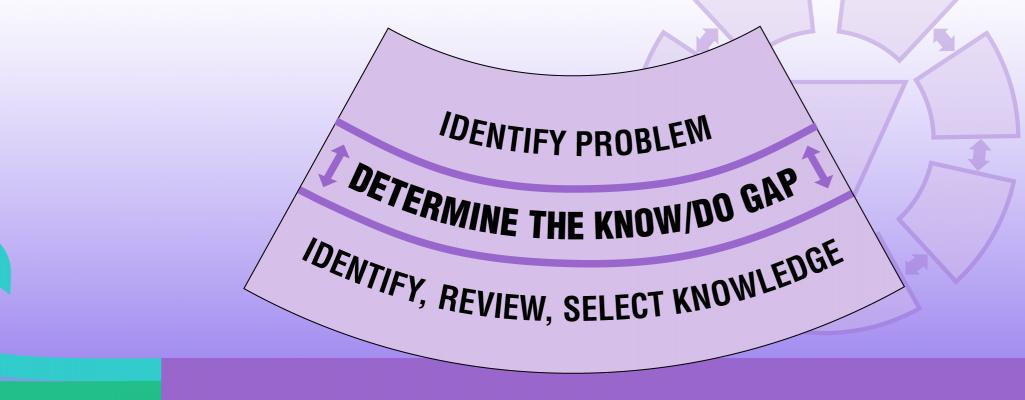
| Name and source | Description |
|---|---|
| Five whys approach from National Health Systems | This approach involves repeatedly asking the question ‘why?’ (approximately five times) to quickly help identify the source of an issue or problem. It is a simple approach that helps to uncover root causes. |
| Cause and effect diagram (Fishbone) from National Health System |
This approach helps you thoroughly understand the problem and identify all the possible causes – not just the obvious. The problem is graphically displayed in the shape of a fishbone. |

